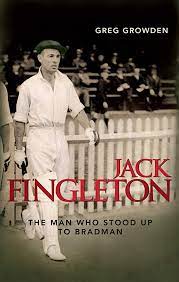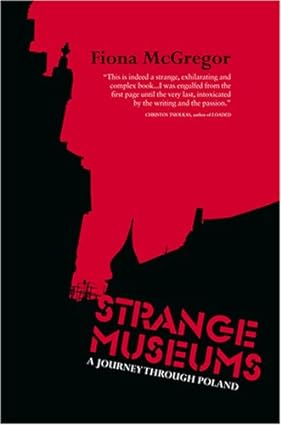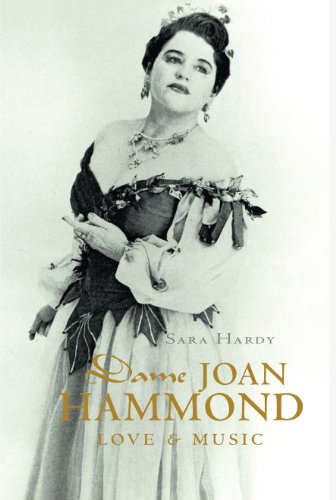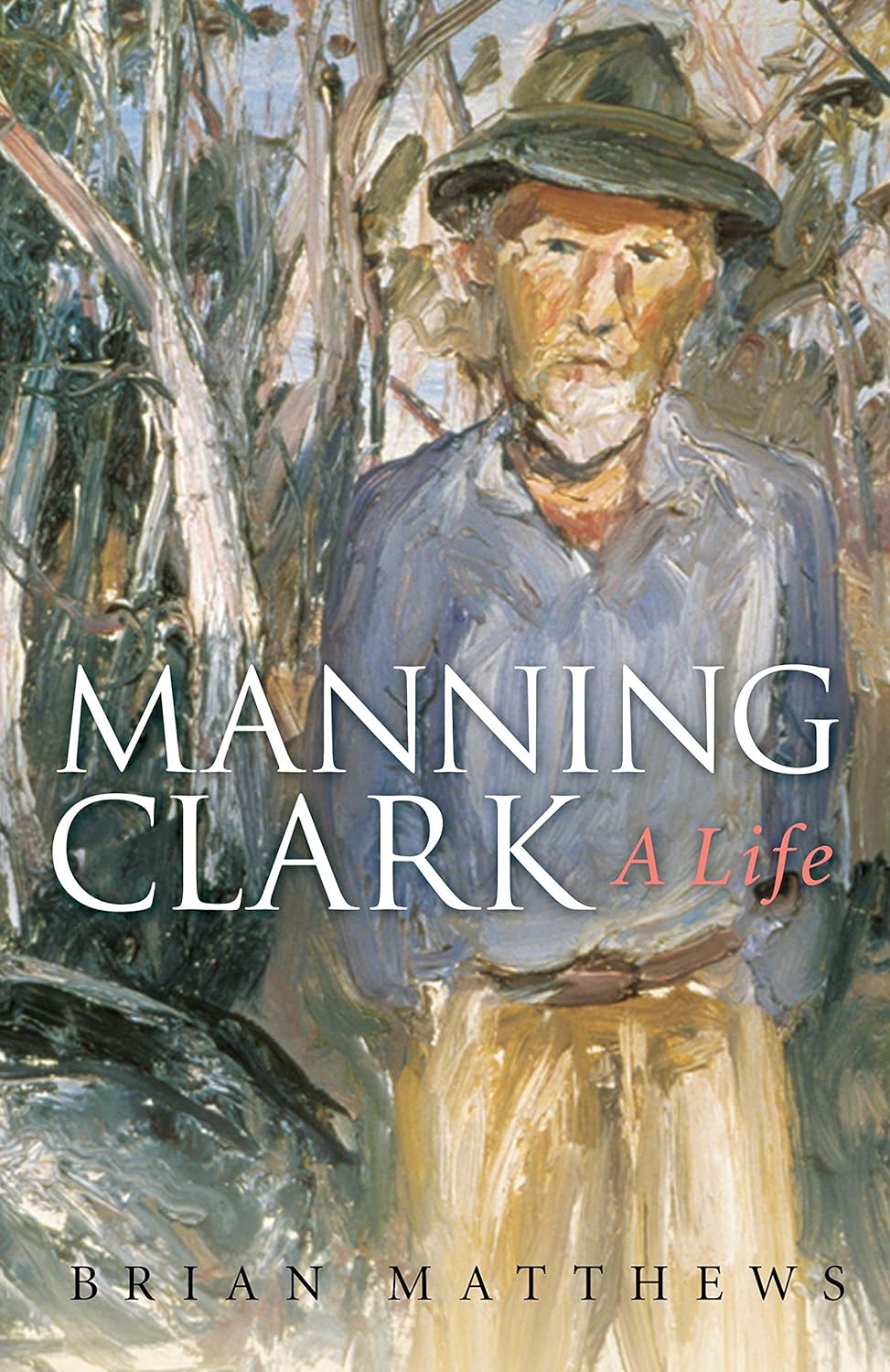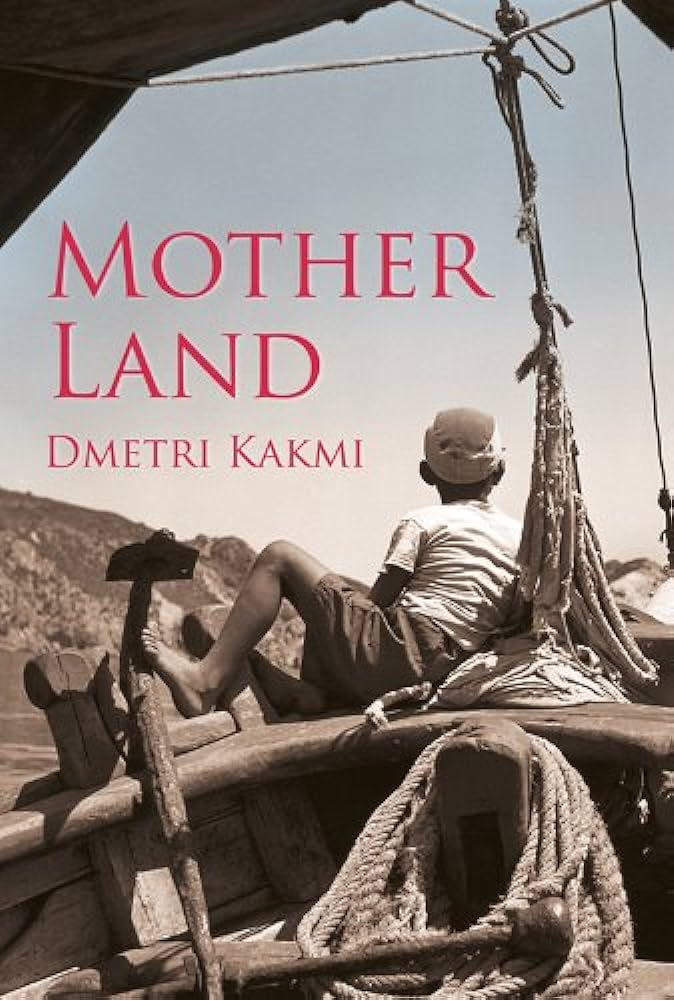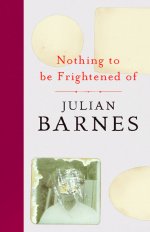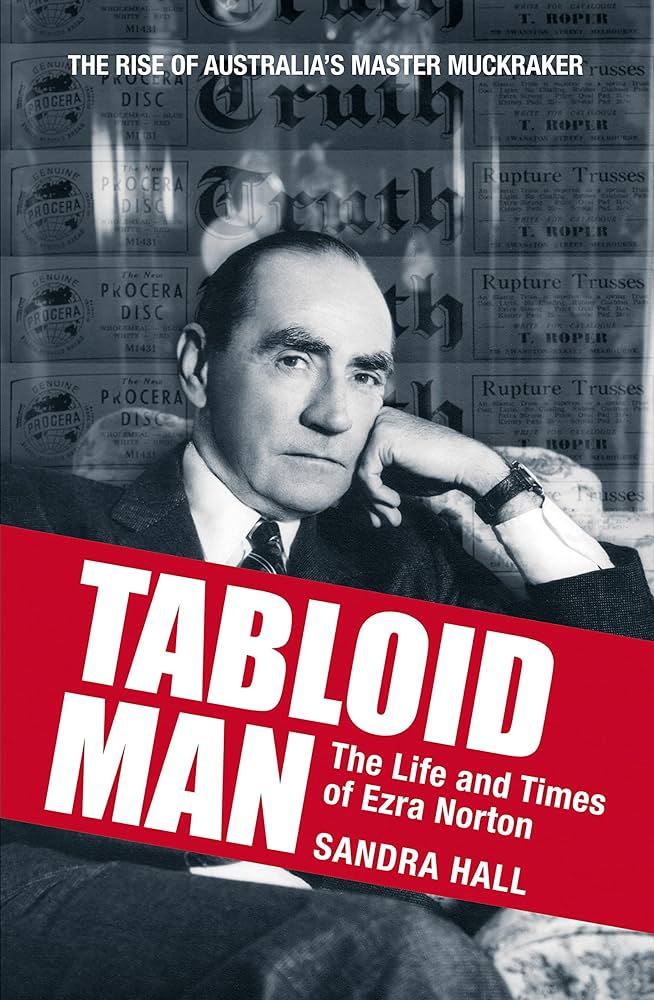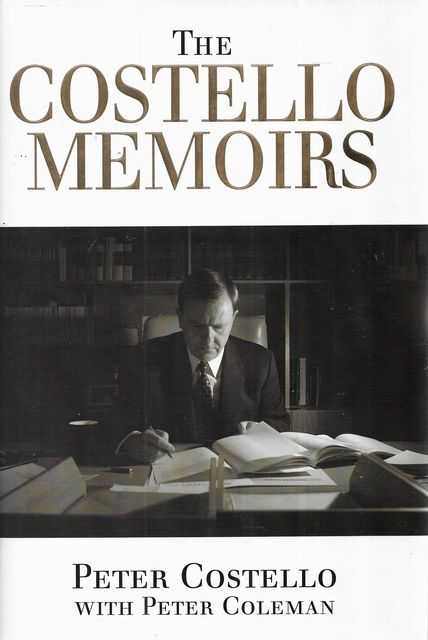Non Fiction
Jack Fingleton: The Man who stood up to Bradman by Greg Growden
In an age when cricketing biographies predominantly lionise one-dimensional and vacuous individuals, this is a pleasurable reminder of an earlier era when even test players had regular jobs and a better sense of balance about life’s priorities.
... (read more)Strange Museums: A Journey through Poland by Fiona McGregor
Strange Museums is a strange book, a kind of fugue whose first theme is introduced by the poem ‘Tortures’ by Polish poet Wislawa Szymborska. It is a lament of evasion, uncertainty, the reservoir of pain that is the body and the inability to escape. It is enlarged da capo with the author’s discovery of a plaque commemorating the day in 1942 when Jews were rounded up and shot in the town of Piatrk w Trybunalski.
It is the tale of a most unusual journey made through Poland by performance artist and writer Fiona McGregor from May to July 2006. With A A Wojak, her performance partner and former lover, the journey is focused around an international action art festival where the two women, as senVoodoo, perform their confronting work, Arterial. It involves fear and shock, with the pain and risk endured by the artists calculated to take them to the edge. Even in description, Arterial draws a gasp.
... (read more)My mother, a fine mezzo soprano, had three all-time favourite singers: Kathleen Ferrier, Maria Callas and our own Joan Hammond. When I was a child, my parents took me to see the famous diva perform Tosca in Melbourne – standing room only at the back of the circle. I remember red velvet, a thrilling voice, my own tired legs and a sense that I was in the presence of greatness. Sara Hardy’s biography of Joan Hammond (1912–96) is a timely publication. The number of people who remember the Australian soprano is dwindling, her fame eclipsed by another Dame Joan (who once, early in her career at Covent Garden, understudied Hammond in Aida).
... (read more)On 17 July 1990, President George Bush Snr declared the 1990s as the ‘Decade of the Brain’, with the primary aim ‘to enhance public awareness of the benefits to be derived from brain research’. These benefits included better understanding of conditions such as Alzheimer’s disease, stroke and psychiatric disorders. In addition, remarkable advances occurred in functional brain imaging. This still-evolving technology reveals which parts of the brain are active while people carry out tasks of varying complexity, ranging from the manipulation of objects or the processing of sensory information, through to the analysis of problem solving, the voluntary control of emotional responses, or the reconstruction of imaginary events. Faced with a wealth of new experimental data, disciplines such as linguistics and philosophy can no longer develop theoretical models that treat the brain as a black box within which structure and function do not matter.
... (read more)Making the Cut by Anthony Elliott & Skintight by Meredith Jones
In Making the Cut: How Cosmetic Surgery is Transforming our Lives, Anthony Elliott casts an unforgiving eye over the astonishing growth of ‘cosmetic surgical culture’. No longer the province of the rich and famous, Botox and skin peels, laser surgery and liposuction, face-lifts and breast augmentations have become part of the fabric of everyday life. Elliott’s analysis lays bare the culture of nip and tuck, and the era in which ‘many are calculating that a freshly purchased face-lift or suctioning of fat through liposuction is the best route to improved lives, careers and relationships’. Yet what compels people to act upon the desire for self-improvement in such drastic and sometimes life-threatening ways? Elliott identifies celebrity, consumerism and globalisation as fundamental to the increasing popularity of surgical solutions to social and personal dilemmas.
... (read more)This life begins with a ritual its subject practised through the 1960s and 1970s. Manning Clark would visit St Christopher’s Cathedral, Canberra, kneel before its shrine of the Virgin, ask assistance in fighting his need for alcohol, and beg forgiveness and peace. While Clark’s funeral was a requiem mass at St Christopher’s, and a preoccupation with the Catholic faith became increasingly evident in his later years, this is not a beginning that those who read his history or became familiar with his public appearances would expect.
In relating these regular visits to the shrine, Brian Matthews signals the themes that run through this life of Clark. There is his susceptibility to alcohol and the way that it exacerbated his erratic behaviour. There is the fraught character of his most intimate relationships, and his persistent torment of anguish and guilt. There is his intellectual ambition, his need for reassurance and vulnerability to criticism. And there is his constant search for faith.
... (read more)Mother Land is a vibrant and charming yet sombre and brutal account of Dmetri Kakmi’s childhood on the Aegean island of Tenedos, now known by its Turkish name of Bozcaada. The book opens with the adult ‘Dimitri’, accompanied by his Turkish friend Sinan, standing on the mainland and surveying through binoculars places he has not seen for thirty years: ‘Three islets sit low on the water ... As a boy, I used to be captivated by their aloofness and solitude. When I’d had enough of people, I yearned to build a hut and live on one of them, alone, separate and untouched by a world that, even at that age, seemed capricious and delinquent beyond reckoning.’
... (read more)‘Let’s get this death thing straight’, declares Julian Barnes in his recently published memoir-cum-meditation Nothing to Be Frightened Of. He sets out to confront mortality, the titular ‘nothing’, but manages only to peer at it through parted fingers. He takes short peeks, which calls to mind the title of his death-haunted novel Staring at the Sun (1986).
... (read more)Tabloid Man: The life and times of Ezra Norton by Sandra Hall
Phillip Knightley, Murray Sayle and other authors of the Daily Mirror’s historical feature used to relish their days sitting in the Sydney ‘public library’ researching and writing pieces on rape, pillage, sexual betrayal and murder most foul. Decades later, in the early 1990s, I began spending days sitting in what had become the State Library of New South Wales wading through yellowing copies of Sydney’s tabloid press. On one such day in the late 1990s, I stumbled across a card in a catalogue for an index to the Daily Mirror’s muckraking stablemate, Truth. The discovery or creation of a new newspaper index is always a thrill for media historians. I immediately submitted a call slip for the index, and up came a hefty ledger of alphabetical references to Truth for the late 1920s. Lodging more call slips, I ended up surrounded by ledgers ranging from 1925 to 1947. They were all handwritten, and presumably laboriously compiled by a librarian at Ezra Norton’s company, Truth & Sportsman Ltd. Who knows what went through the librarian’s mind as he or she indexed stories of divorce, rape, incest, prostitution, white slavery and cocaine rackets covered by one of Australia’s most notorious newspapers.
... (read more)The Costello Memoirs: The age of prosperity by Peter Costello and Peter Coleman
For Labor ‘true believers’, the night of 24 November 2007 was one to cherish. In the north, Brough the Rough was despatched and a host of lesser figures swept away, pork barrels and all; in the very heartland of the Howard battlers, the Wicked Witch of Penrith and her minions perished in a jihad of their own devising; above all, in his fortress of Bennelong, the Vampire King was slain by the Good Witch of the ABC. What a night! At the beginning of Peter Costello’s memoir is the challenge: ‘How did it come to this? How did a government that had created such an Age of Prosperity, such a proud and prosperous country, now find itself in the wilderness?’
... (read more)

